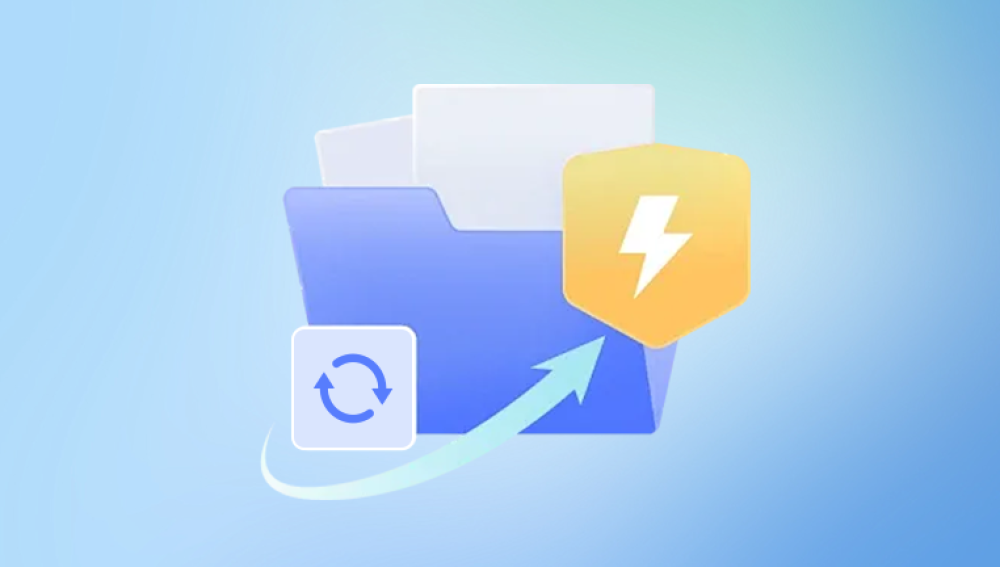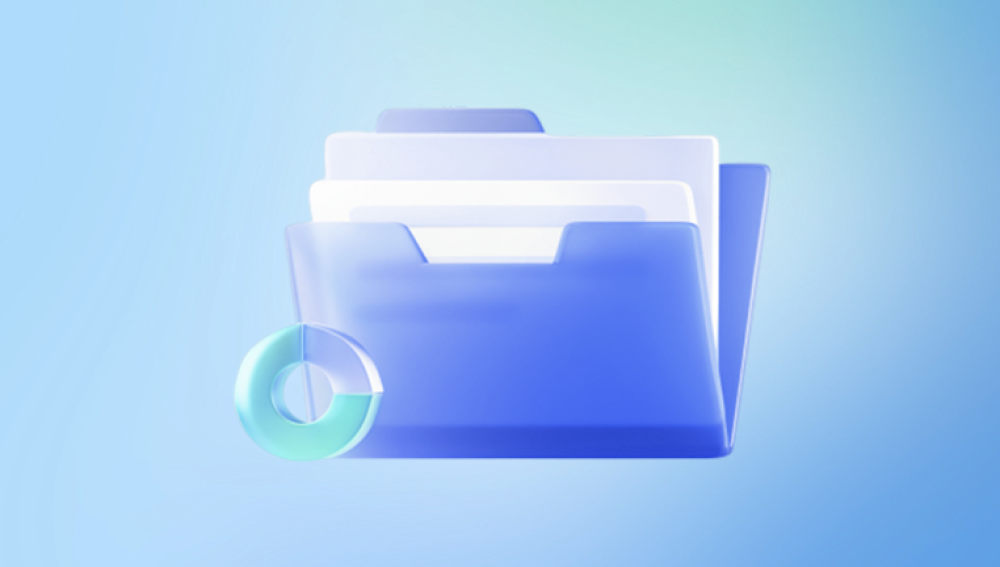External hard drives are commonly used for storing data due to their portability and high capacity. However, they are prone to accidental file deletions, formatting errors, or system crashes that can result in data loss. When files are deleted from an external hard drive, they are typically not erased immediately. Instead, the space where the files are stored is marked as available for new data. This means that it is often possible to recover deleted files, as long as the space has not been overwritten by new data.
Accidental Deletion: This is the most common cause of data loss. Files might be deleted accidentally while managing the contents of the external hard drive.
Formatting the Drive: Sometimes, users might format the external hard drive to resolve file system errors or to prepare it for a new operating system. Formatting often leads to the loss of all data on the drive.

File System Corruption: External hard drives can sometimes develop corruption, causing files to become inaccessible or lost.
Physical Damage to the Drive: Mechanical failures or physical damage to the external hard drive can make the data inaccessible, though recovery may still be possible using specialized software or services.
Step-by-Step Guide to Recover Deleted Files
1. Stop Using the External Hard Drive
When you realize that files have been deleted from your external hard drive, it’s crucial to stop using it immediately. This will prevent new data from overwriting the space that was previously occupied by the deleted files. If new data is written to the drive, the chances of successful recovery decrease significantly.
If you are unsure about how to recover the files, avoid further activity on the drive until you can take the necessary recovery steps.
2. Check the Recycle Bin
Before diving into more complex recovery methods, check the Recycle Bin on your computer (if you're using Windows) or Trash (if you're using macOS). Sometimes, deleted files are moved to the Recycle Bin or Trash instead of being permanently erased.
Windows: Open the Recycle Bin by double-clicking its icon on your desktop. Look for the files you wish to recover. If you find them, right-click the file and select "Restore."
Mac: Open the Trash by clicking on its icon in the dock. If the files are there, you can drag them back to their original location or right-click and select "Put Back."
If the files are not in the Recycle Bin or Trash, you will need to move on to more advanced recovery methods.
3. Use Data Recovery Software
Drecov Data Recovery is a powerful tool designed to help you recover deleted files from various storage devices, including hard drives, SSDs, USB drives, and memory cards. Whether you accidentally deleted important documents, lost files due to a system crash, or even formatted a storage device, Drecov Data Recovery can assist in retrieving your data.
Key features include the ability to recover various file types such as photos, videos, documents, and more. It supports multiple file systems like NTFS, FAT, and exFAT, and works with Windows, macOS, and even Linux drives. The software also provides preview options, allowing you to check files before recovery to ensure you’re retrieving the right ones.
4. Use Command Prompt or Terminal (Advanced)
For users who are familiar with command-line interfaces, there are built-in recovery options for both Windows and macOS.
Windows (Command Prompt):
Open the Command Prompt as Administrator.
Type chkdsk X: /f (replace "X" with the letter of the external hard drive).
Press Enter to start the check and repair process. This may restore access to lost files if the problem is related to file system corruption.
Mac (Terminal):
Open the Terminal application.
Type sudo fsck_hfs -r /dev/diskX (replace “diskX” with your external hard drive).
Press Enter to attempt recovery from file system errors.
While these methods may help in certain cases, they are typically less reliable than using dedicated recovery software.
5. Seek Professional Data Recovery Services
If software methods do not work or if the external hard drive has physical damage, it may be time to seek professional data recovery services. These services have specialized tools and expertise to recover data from damaged drives, even if they are not recognized by your computer or cannot be accessed through software.
Professional data recovery services can be expensive, but they often provide the best chance of recovering important files from severely damaged or corrupted drives. Many companies offer free evaluations, so you can get an idea of whether your data is recoverable and how much the service will cost.
Some well-known data recovery service providers include:
DriveSavers
Ontrack
SalvageData
Preventing Data Loss in the Future
To avoid losing valuable data from your external hard drive in the future, consider implementing the following strategies:
Back Up Regularly: Always keep backup copies of important files on separate storage devices or cloud storage services.
Use Disk Encryption: Encrypt sensitive data to ensure it is protected from unauthorized access, even if your external hard drive is lost or stolen.
Perform Routine Drive Health Checks: Use tools that monitor the health of your external hard drive. Many hard drives have built-in diagnostics tools to detect issues before they cause failure.
Safely Eject the External Drive: Always safely eject your external hard drive from your computer to avoid file corruption.
Avoid Fragmentation: Regularly defragment the external drive (on Windows) to maintain its efficiency and prevent file system errors.




